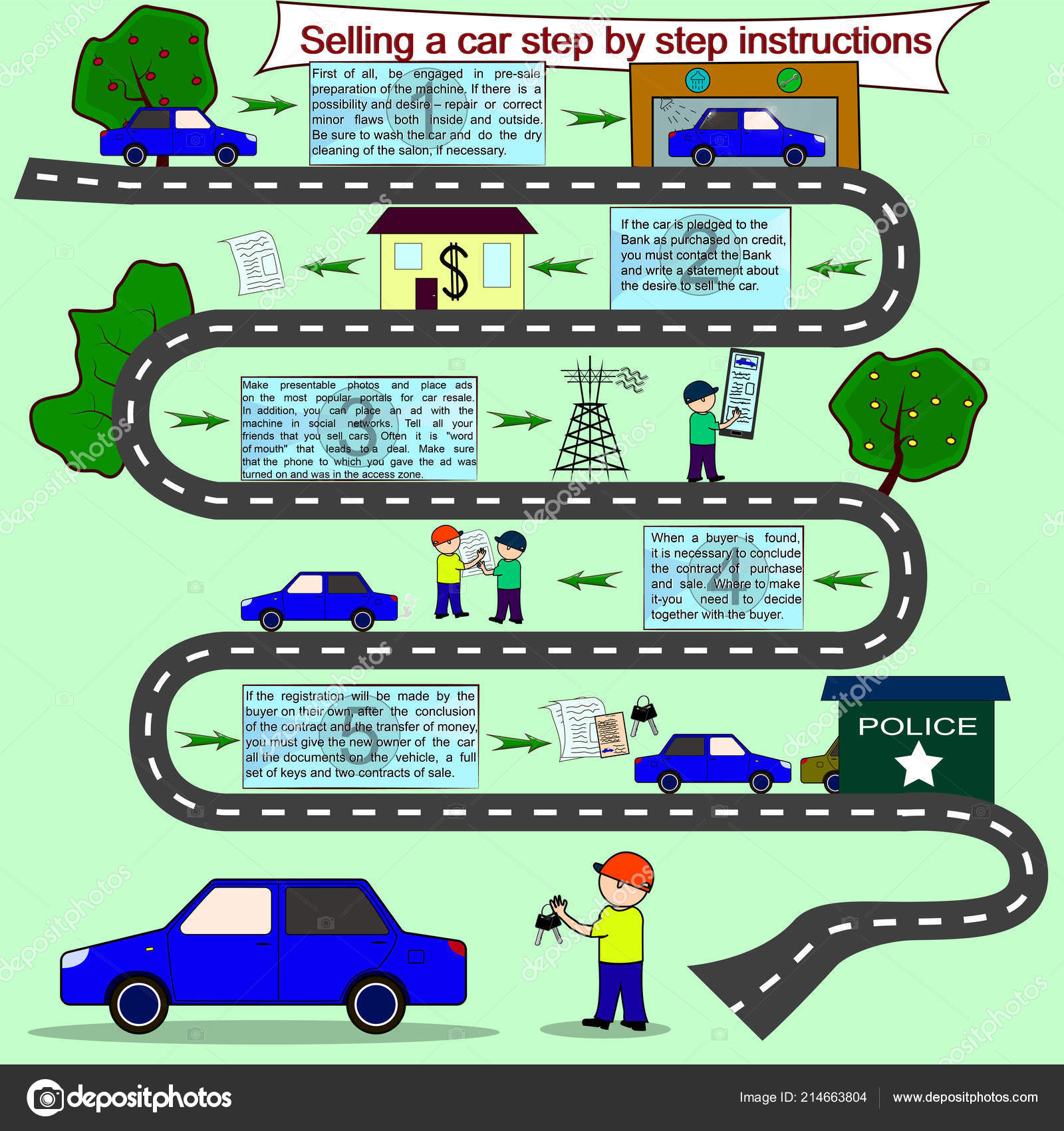Translating Your Auto'S Alert Lights: Their Real Effects
Translating Your Auto'S Alert Lights: Their Real Effects
Blog Article
Team Writer-Boye Gilbert
When you lag the wheel, those glowing caution lights on your dashboard can be a little bit bewildering. Do you know what they're attempting to tell you regarding your cars and truck's health and wellness? Understanding the value of these lights is essential for your security and the durability of your automobile. So, the next time among those lights pops up, wouldn't you want to understand its message accurately and take the needed actions to address it?
Common Caution Lights and Interpretations
Identify common warning lights in your automobile and understand their significances to ensure risk-free driving.
One of the most regular caution lights include the check engine light, which indicates concerns with the engine or exhausts system. If this light comes on, it's important to have your vehicle examined without delay.
The oil stress warning light shows low oil stress, needing prompt focus to avoid engine damages.
A blinking battery light could recommend a malfunctioning charging system, possibly leaving you stranded if not dealt with.
The tire stress tracking system (TPMS) light alerts you to low tire pressure, influencing car security and fuel efficiency. Disregarding this can lead to harmful driving problems.
The abdominal muscle light suggests an issue with the anti-lock braking system, jeopardizing your capacity to stop rapidly in emergency situations.
Lastly, the coolant temperature cautioning light warns of engine getting too hot, which can lead to severe damage if not settled promptly.
Understanding these common caution lights will certainly aid you resolve problems without delay and keep safe driving conditions.
Significance of Prompt Focus
Comprehending the common caution lights in your automobile is only the very first step; the importance of quickly attending to these cautions can't be highlighted enough to ensure your safety on the road.
When a caution light brightens on your dashboard, it's your vehicle's way of interacting a potential issue that needs focus. Neglecting these warnings can bring about more serious troubles down the road, compromising your safety and security and possibly costing you more in repairs.
Trigger interest to alerting lights can avoid malfunctions and accidents. For instance, a blinking check engine light might indicate a misfire that, if left unattended, could trigger damage to the catalytic converter. Addressing this without delay can conserve you from a pricey repair.
In a similar way, a brake system alerting light could signal reduced brake liquid or used brake pads, crucial parts for your security when driving.
Do It Yourself Troubleshooting Tips
If you notice a caution light on your control panel, there are a couple of do it yourself troubleshooting pointers you can attempt prior to looking for expert help.
The primary step is to consult your car's handbook to recognize what the certain caution light indicates. Sometimes https://www.newsday.com/long-island/crime/inspection-stickers-burglary-northport-auto-repair-u35281 can be as easy as a loosened gas cap triggering the check engine light. Tightening up the gas cap may solve the trouble.
Another usual issue is a reduced battery, which can trigger different warning lights. Inspecting auto detailers for rust and ensuring they're protected may fix the trouble.
If a caution light continues, you can attempt resetting it by detaching the cars and truck's battery for a few mins and then reconnecting it. Furthermore, inspecting your automobile's liquid levels, such as oil, coolant, and brake fluid, can assist fix warning lights associated with these systems.
Final thought
Finally, comprehending your car's warning lights is crucial for maintaining your vehicle running efficiently and securely. By immediately resolving these alerts and understanding what they mean, you can stay clear of expensive repairs and prospective malfunctions.
Keep in mind to consult your car's guidebook for certain information on each alerting light and act accordingly to ensure a trouble-free driving experience.
Keep educated, remain risk-free on the road!
